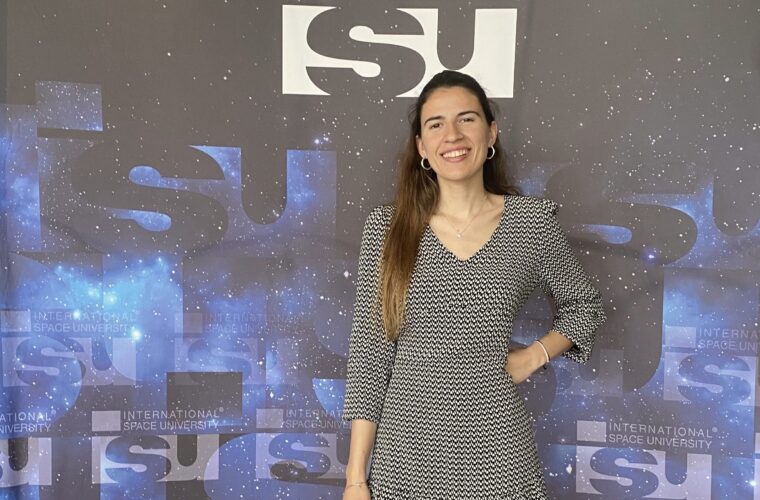Meet the talent: Clara Richard, Co-Founder & CEO NeurAstra
Place of residence: Annecy, France / Valencia, Spain
Position: Researcher & Science Communicator at P/Twain – Co-Founder & CEO at NeurAstra
Please describe a day in your life
I often start my day with a cup of tea, tackling the main administrative duties early. Reviewing my agenda helps me keep track of what is ahead, even if there are always some surprises arising later. Once the administrative tasks are done, I dedicate my time to my projects at P/Twain, a human factors and user experience consultancy, and NeurAstra, a science organisation investigating human adaptation in extreme environments. While I often conduct these projects remotely, travelling is a significant part of my work—whether to meet with clients, attend events, or engage in fieldwork.
This balance is particularly pronounced with NeurAstra, where my workplace is either behind a desk, surrounded by piles of notes and books, or out in the field, with packed backpacks and surrounded by trees and rocks. I appreciate the variety between these settings as it keeps me inspired and motivated. To end the day, I always try to take the time for a walk and spend a little time in nature. I also enjoy reading or studying something unrelated to my work.
How many projects are you currently working on? Please describe them
Whether at P/Twain or NeurAstra, we have several projects conducted in parallel; some are short-term initiatives, while others are planned to last several years. With NeurAstra, for instance, we are currently preparing a scientific road trip in the Alps for the summer of 2025. It is an itinerary specifically prepared to conduct astronomical and meteorological observations at different points in the French and Swiss Alps. It is the next step of a project initiated this year called “Celestography”, where we encourage participants around the globe to keep track of the celestial events around them and share their observations. (more about the initiative here: )
We are also preparing a series of experiments in collaboration with Swiss universities to study the consequences of radiation exposure on the central nervous system (i.e., in the neurons and glial cells). This research project will help us understand the risks for space travellers in future space missions planned outside low-earth orbit.
Finally, we have another project still at its beginning; we are asking several science professionals to share their thoughts and propose different perspectives on the concepts of exploration and discovery. The result will be a collection of short and long essays that will gather and share diverse voices.
In your opinion, who is the most influential person/company in the world of technology these days?
In my opinion, one of the most influential figures in technology today is Dr. Moriba Jah. He is a leading expert in space traffic management and environmental sustainability in near-Earth space. His vision progressively transforms how we envision human activity’s impact in space. His work notably emphasises the development of technology to track and monitor satellites and space debris. He is a key voice in advocating space environmentalism while promoting international collaboration. I sincerely believe that his contributions are key now that the commercialisation of space is accelerating, and the risk of collisions and debris proliferation poses significant threats to both technological infrastructure and human safety.
If you could pick one app/product/project existing now that you wish you were involved in, what would it be?
Definitely a project related to human exploration. I would love to work on the new generation of habitats built in extreme environments—whether in the deep seas (e.g., Proteus Ocean group), high altitudes (e.g., Ev-K2-CNR), outer space (e.g., International Space Station), or deserts (e.g., Mars Science City). These projects focus on designing habitats where ergonomics, user interaction, and human habits, notably, are carefully studied to create sustainable and functional living spaces. I am particularly attracted to the challenge of understanding how people adapt physically and psychologically and applying those insights to optimise habitat design. It is a way to merge technology, architecture, and human factors.
How do you see technology evolving in the next ten years?
I imagine technology transforming our lives in even more immersive and interconnected ways. AI will likely become integral to how we navigate daily life, from making healthcare more personalised to predicting environmental shifts. I also have a hunch about quantum computing, and I foresee a breakthrough in drug discovery (a topic I follow) in the coming years.
What would you like the industry to look like in ten years?
In a perfect world, I would like to see deeper collaboration between sectors where science, design, and technology come together to tackle challenges creatively and responsibly. For instance, I would love to witness (and even participate in) a greater translation of space research findings for Earth-based applications. I also imagine an industry embracing a balance between rapid innovation and thoughtful reflection, ensuring that the technologies created protect our natural world and inspire future generations.
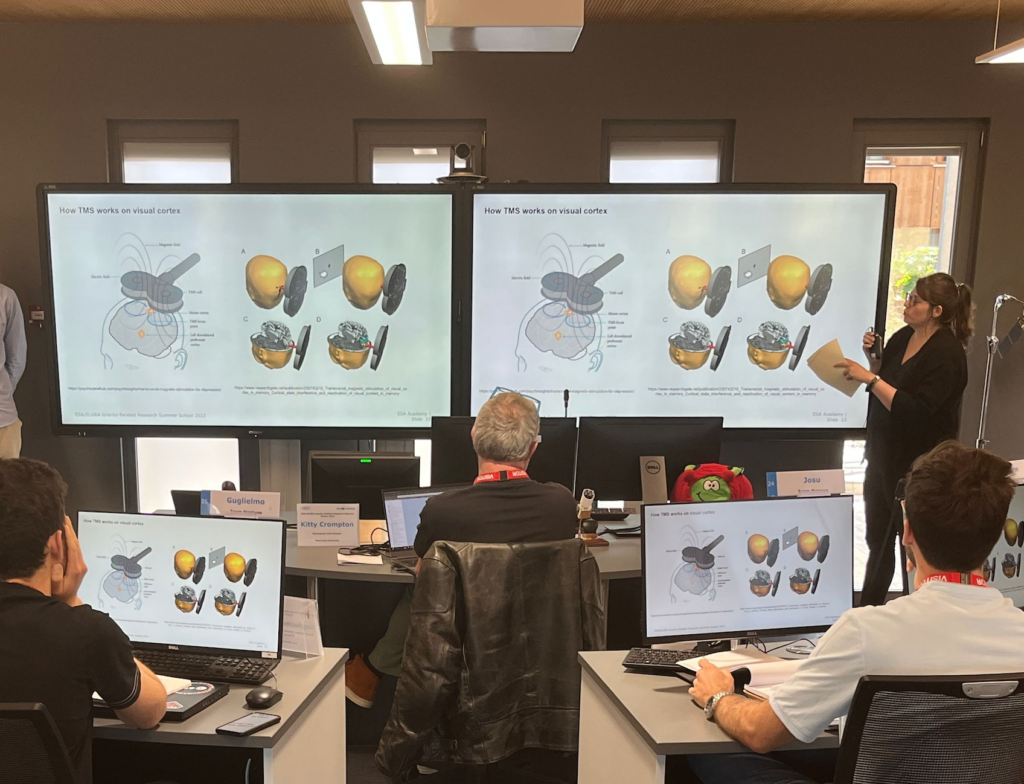
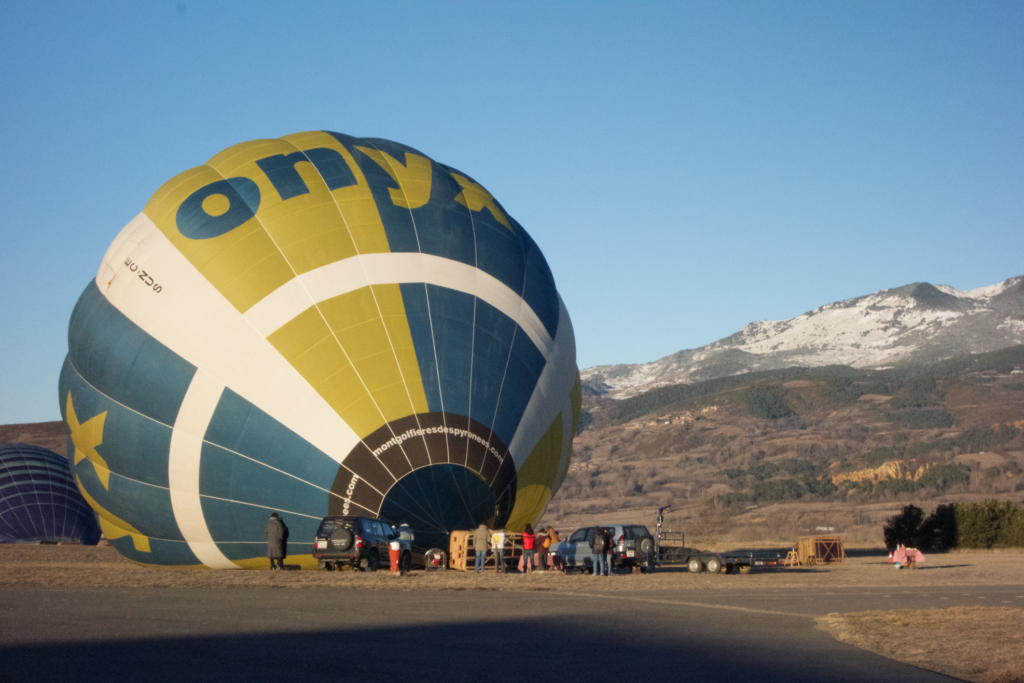
What are the three characteristics you have that make you successful in tech?
I believe curiosity, adaptability, and a collaborative mindset are essential for success in the tech sector. Curiosity, for instance, drives me to continuously learn and stay updated on new trends to improve my practice. Adaptability is also key to cooperating in projects that require integrating complex systems and exchanging with very different entities. Finally, collaboration is essential to achieve high-impact results, and building solid relationships is an excellent way to improve its practice.
What is the most challenging thing you had to deal with during your career?
One of the most recurrent challenges is finding common ground or aligning everyone’s objectives in multidisciplinary projects. Translating scientific concepts for a design team or integrating technical requirements with user experience design is a constant effort. It is consequently crucial to ensure effective communication and ensure everyone feels heard and understood—which requires patience and constant adaptation! It is challenging yet rewarding because these experiences help me improve my soft skills.
What is your greatest achievement up until today?
My greatest achievement so far has been co-founding and contributing to varied projects through NeurAstra, where we have connected and created synergy between several disciplines that initially seemed unrelated. One particular highlight was launching a series of in-person events called “Cosmic Connections”, which is the perfect occasion to meet with other science and space enthusiasts, network, and learn together about a specific theme. So far, we have had two successful events, one in Spain and the other in France, and a third is planned for early 2025; more are coming soon!
What is your next goal?
I’m excited to push forward our projects and develop new collaborations to explore how technology and design can improve human experiences in both space and extreme Earth environments. My ultimate goal is to create impactful educational resources while engaging with an audience from different backgrounds; there are no restrictions when sharing scientific discoveries!
What tips do you have for people wanting to start in the tech world?
For those just starting in the tech world, my first advice is to stay curious and keep learning. The tech landscape changes quickly, and being open to learning new skills and technologies is crucial. Networking by joining tech communities, attending meetups, and connecting with people who share your interests is also an excellent way to ask questions and seek mentorship. Also, I want to add that taking time to understand the broader impact of its work is a necessary step. Tech isn’t just about building products; it is about solving real-world problems and making a difference.
If you could say something to your younger self, what would it be?
Probably to not be afraid to take unconventional paths. It is fine to explore different fields, even if they don’t seem to fit neatly together at first. Every experience, even the ones that feel like detours, will eventually come together to create something meaningful. I would even add that it is perfectly fine to feel out of place sometimes, especially in fields where you don’t see many people who look or think like you. So, don’t be afraid to speak up, ask questions, and carve your own space!
Which famous person would you like to have dinner with and why?
Without a doubt: Robert Sapolsky. Reading his books has been a revelation for me, showing how science, particularly neuroscience, can be approached in a way that is both accessible and engaging. He has an incredible talent for communicating complex concepts with authenticity, humour, and storytelling, making even the densest topics come to life. His exploration of human behaviour and how he connects biology with psychology and anthropology inspires me. If you are not familiar with his work, I highly recommend starting with The Trouble with Testosterone, a collection of autobiographical essays and reflections that perfectly illustrate his unique approach to science.
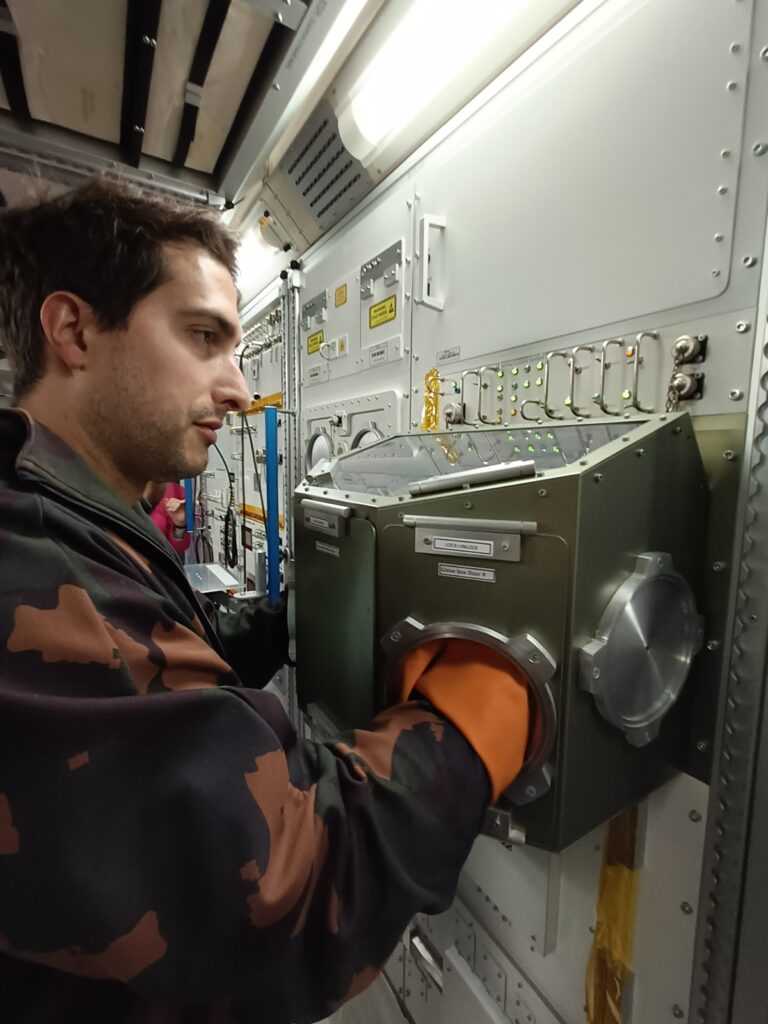

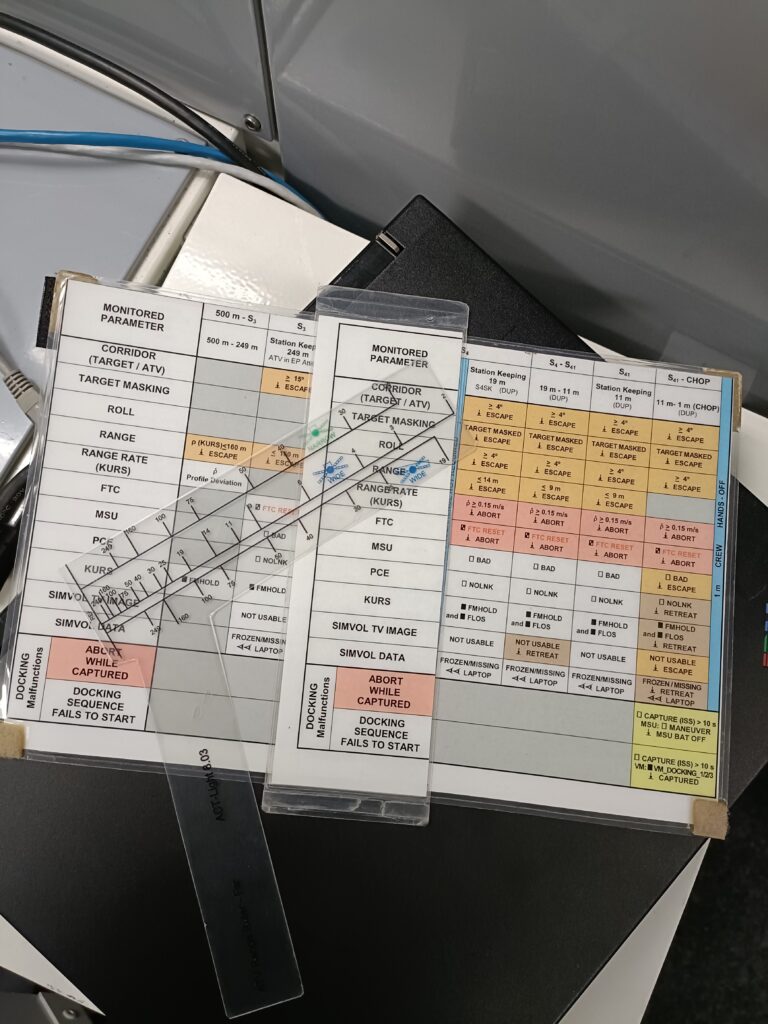
Where would you like to travel next?
Antarctica! My dream has been to experience the continent’s stark and impressive beauty that has fascinated explorers and scientists for generations. The opportunity to see icy landscapes, observe the unique wildlife, and learn about the science being conducted there would be extraordinary.
Do you have a person who influences or motivates you?
I don’t have one specific person influencing and motivating me; it is more a combination of advice and recommendations from various people who guide me. However, I have to mention the other co-founder of NeurAstra, Javier Bonet, who continuously helps me shape the future of our organisation with incredible insights and perspectives. Collaborating with someone who shares the same passion for science and exploration but brings a different point of view has truly inspired me to grow, both personally and professionally. It has made our journey at NeurAstra even more interesting.
What did you dream of creating/inventing/doing as a child?
Unlike many space enthusiasts, my passion for the space environment didn’t begin with a telescope; in my case, it was sparked by a microscope. As a child, I was captivated by the human body’s and brain’s biological functioning. I dreamed of exploring the incredible mechanisms that allow us to thrive and survive in harsh environments. This fascination with human biology and our potential to push the limits of endurance probably laid the foundation for my current work in understanding and designing for human resilience in extreme environments—with a special place in my heart for human space exploration.
What advice do you give to young girls who want to follow similar careers?
If you are fascinated by how things work, whether it is the human body, technology, or the cosmos, dive into that with confidence. It is perfectly fine if your interests take you in unexpected directions—those twists and turns will make your journey and voice in the industry unique.



